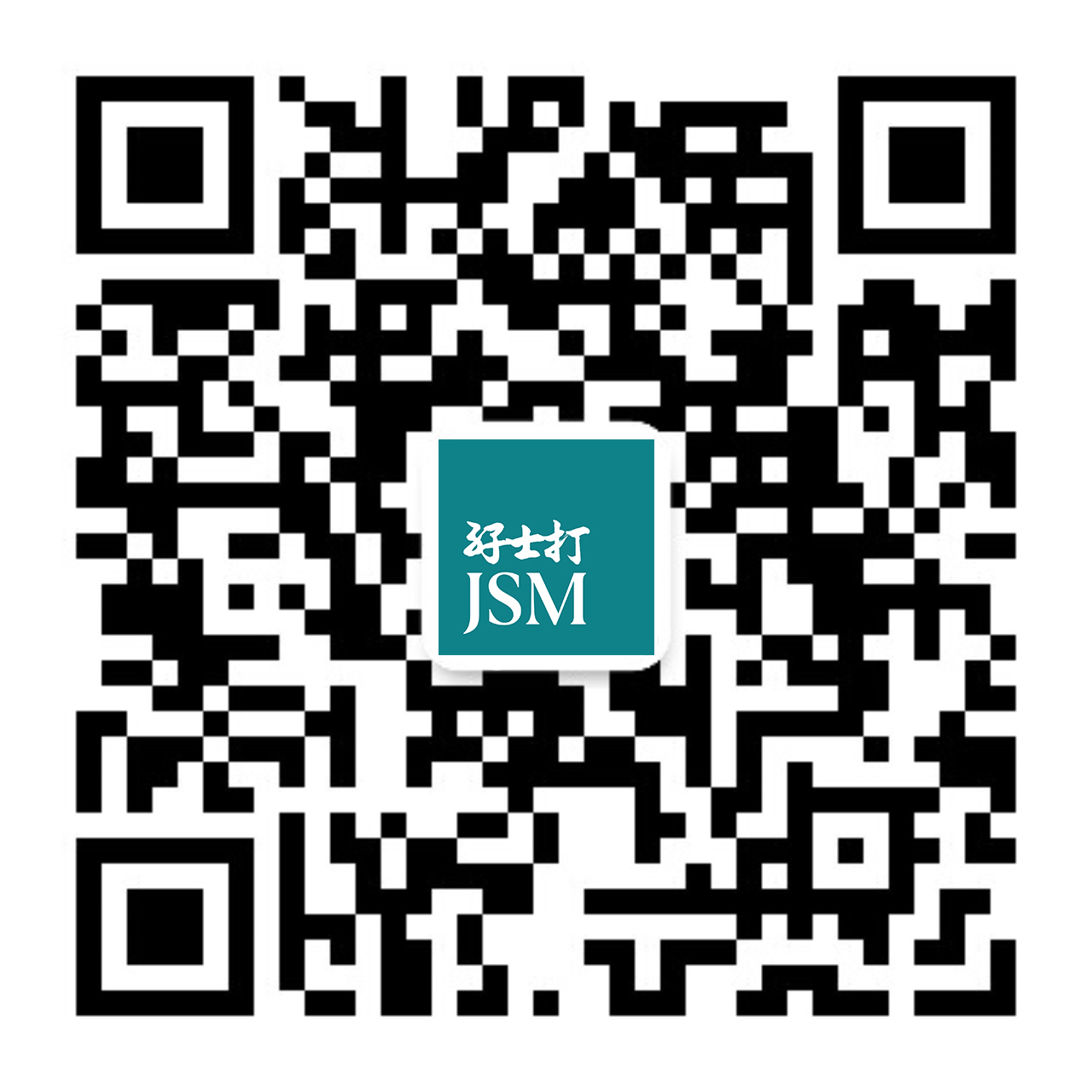Legal updates 15 July 2025
Mainland China’s evolving antitrust terrain (2024-Q1 2025) – Part 1 of 6
Remarks/Footnotes
- SAMR, 2024 Annual Antitrust Enforcement Report, 6 Jun. 2025, at https://www.samr.gov.cn/xw/zj/art/2025/art_315962c04e0547e7866a51d500a865fd.html
- SAMR official account: Unconditionally Cleared Concentrations in Q1 2025, 16 Apr. 2025, at https://mp.weixin.qq.com/s/TRw7v-4uX0T40lHUbE90EA
- SAMR, The updated Standard for Notification of Concentrations of Undertakings (“Updated Filing Threshold”), released on 31 Jan. 2024, at https://www.samr.gov.cn/fldes/jyzjzsbxbz/art/2024/art_12aa3c0c10cf44e69e1aec167a014b0b.html
- SAMR, Review of Undertakings’ Concentration (2024), 27 Feb. 2025, https://www.samr.gov.cn/xw/zj/art/2025/art_21f523302be74c22922ad59b925bdfa3.html
- Supra note 3.
- In 2023, SAMR reviewed Simcere/Tobishi deal and approved it with conditions after an extensive 15-month review. Tobishi later challenged SAMR’s decision through the administrative reconsideration process. After SAMR rejected the appeal, Tobishi filed a lawsuit with the Beijing Intellectual Property Court. The court’s ruling, issued in March 2025, was made public which will be covered in this series in later section. See, Conditionally Approval of Simcere Pharmaceutical Group’s Acquisition of Equity in Beijing Tobishi Pharmaceutical Co., Ltd., 22 Sep. 2023, at https://www.samr.gov.cn/fldys/tzgg/ftj/art/2023/art_34e14c768a67457796de8bba43f9479b.html; China Judgements Online, Case No. Jing 73 Xing Chu 5180, 19 Mar. 2025. We’ll discuss the ruling in more detail in a later section.
- FTC, Statement, 25 Mar. 2024, at https://www.ftc.gov/news-events/news/press-releases/2024/03/statement-regarding-termination-qualcomms-proposed-acquisition-autotalks
- Synopsys, Inc. Form 8-K, 12 Jul. 2024, at https://www.sec.gov/Archives/edgar/data/883241/000114036124033063/ef20032380_8k.htm; SAMR approved the below-threshold acquisition of Ansys by Synopsys with remedies on 14 July 2025. The decision is available at: https://www.samr.gov.cn/jzxts/tzgg/ftjpz/art/2025/art_4e291d018842419bae365dcd223462ba.html
- SAMR, Conditionally Approving J.X. Nippon Mining & Metals’ Acquisition of Tatsuta Electric Wire and Cable, 11 Jun. 2024. The deal initially filed in January 2023 under the old turnover thresholds. After the threshold revisions in January 2024, the parties sought to withdraw the filing, but the SAMR declined despite allowing similar requests in other cases. The review lasted around 15 months with the clock suspended about 11 months. SAMR conditionally approved the deal with behaviour remedies in June 2024. Available at https://www.samr.gov.cn/fldys/tzgg/ftj/art/2024/art_0df7c86f73f44c06b20e64f79950df5c.html
- Number of cases concluded by local AMRs were calculated based on the public information on each designated local AMR’s website.
- Regarding local AMRs’ jurisdiction, see No. 23 of 2022, SAMR, Notice on Pilot Program of Delegated Merger Review for Certain Merger Cases, 8 Jul. 2022, at https://www.samr.gov.cn/zw/zfxxgk/fdzdgknr/fldzfes/art/2023/art_281b6c43b5c84a1d916b5cd2dd4e4164.html
- Statistics on local AMRs’ review timelines are sourced from SAMR Banyue Salon, SAMRs Pilot Program for Delegating Merger Control Reviews Shows Steady Improvement in Efficiency and Quality, 24 Oct. 2024, at https://mp.weixin.qq.com/s/CWcnRfQ8EyMHKB5VdtlI2A; statistics of SAMR’s review timelines are drawn from Supra note 4.
- In a press conference hosted by the State Council, SAMR reported that 32 gun-jumping cases were caught in 2023. See State Council Press Office, Regular Policy Briefing of the State Council, 5 Feb. 2024, at https://www.gov.cn/xinwen/2024zccfh/3/index.htm
- SAMR, Decision, 7 Jun. 2024, at https://www.samr.gov.cn/fldes/tzgg/xzcf/art/2024/art_9654125c3d2d44c6be54c41da17f7372.html; SAMR, Decision, 1 Oct. 2024, at https://www.samr.gov.cn/fldes/tzgg/xzcf/art/2024/art_44b4edbd01124ef28b2ab68c2793df9d.html
- SAMR, Decision, 13 Sep. 2024, at https://www.samr.gov.cn/fldes/tzgg/xzcf/art/2024/art_54b79e825dcc45b58d8a2caf5aa13ba5.html; SAMR, Decision, 3 Jan. 2025, at https://www.samr.gov.cn/fldes/tzgg/xzcf/art/2025/art_cc5e5798afa44bd28419cae9c9a67a0a.html SAMR, Decision, 10 Jan. 2025, at https://www.samr.gov.cn/fldes/tzgg/xzcf/art/2025/art_3dbfa75d471f4d44aa3a88ebb049ddfc.html
- SAMR, 25 Mar. 2025, at https://www.samr.gov.cn/zw/zfxxgk/fdzdgknr/fldzfes/art/2025/art_0e89a4558a4744adaa2dc357b8621905.html
- Shishuo Xinyu (SAMR’s Wechat account): Publication of Administrative Fine Calculator, 25 Mar. 2025, at https://mp.weixin.qq.com/s/6KBnjY2qXNWY_j2VO-D4vg
- Supra note 4.
- State Council Press Office, Press Conference in Driving Undertakings’ Vitality and Promoting High-quality Economic Development, 31 Jan. 2024, at https://www.gov.cn/zhengce/202402/content_6929434.htm
- SAMR, 14 Sep. 2024, at https://www.samr.gov.cn/zw/zfxxgk/fdzdgknr/fldzfes/art/2024/art_1cc891138e754c1c97a6ede98341bcfd.html
Subscribe
Follow our insights
Sign up for regular updates covering the latest news, regulations and case law relevant to your business.
View more








